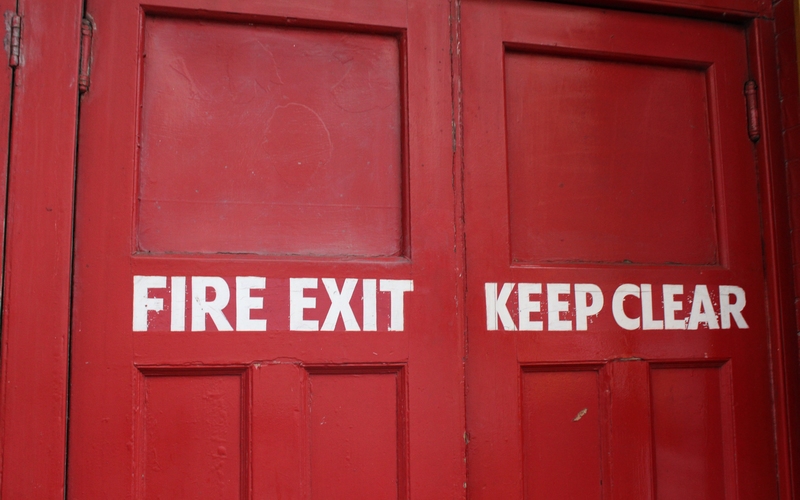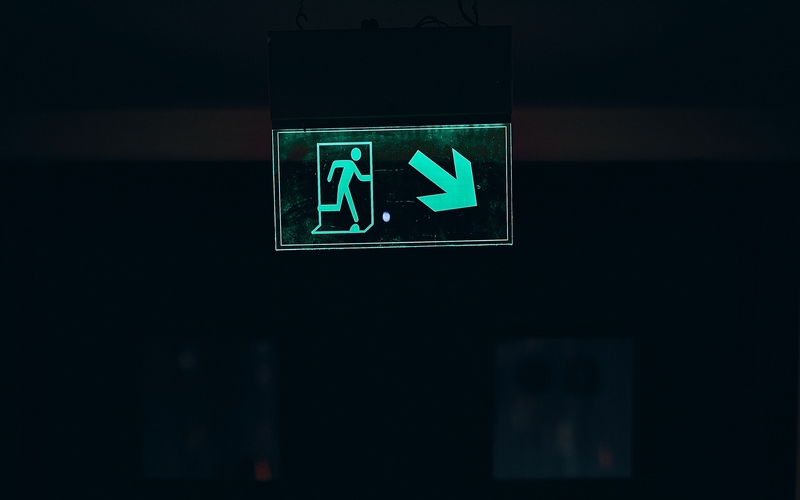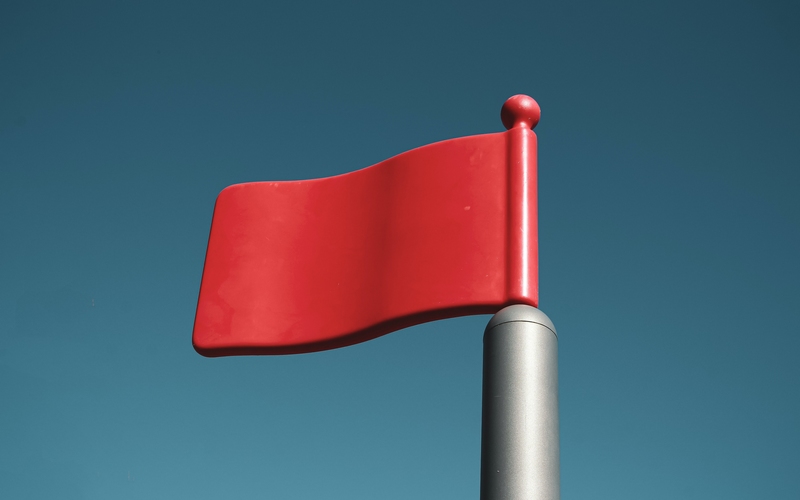Fire Extinguishers
Fire Extinguisher policy and safety guidance
- In the event of a fire, occupants should move away from the immediate location of the fire to a place of relative safety (i.e. corridor, landing or stair enclosure).
- Occupants will generally find a 'fire point' containing fire-fighting equipment and a red ‘manual call point’ for raising alarm and to warn other occupants.
- Fire Extinguishers are only to be purchased and maintained by the UCL Fire Team. Departments are not permitted to purchase Fire Extinguishers, all requests must come through the UCL Fire Team for approval.
- On a fire being observed or discovered:
- Firstly area occupants should leave area, operate the nearest break glass fire alarm call point (MCP) and where practicable, dial ‘222’ or as appropriate and raise the alarm.
- Secondly make a judgement on whether or not, it is safe and practicable to return to tackle the fire with a suitable extinguisher?
- Only go back and attack the fire with an appropriate fire extinguisher if it safe and you are confident to do so - do not place yourself or others at risk - if in doubt get out.
- Thirdly if in doubt, leave by building by the nearest fire exit, ensuring that the alarm is raised.
UCL Fire Extinguisher provision and location policy (UCL login required) →
Fire Extinguisher Maintenance / Checklist
Extinguishers are only tested and inspected annually by a Service Engineer arranged by the UCL Fire Team only. Therefore, any damage or problems may leave the extinguisher unserviceable for some considerable time before being rectified - this may then become a potential life safety issue.
Departments should undertake a visual inspection of Fire Extinguishers to ensure that they appear serviceable, available for use and unobstructed using (see TN_026). Reporting promptly any suspected defects or malicious discharges to the UCL Fire Safety Team (fire@ucl.ac.uk).
Every department at UCL must carry out a monthly check on Fire Extinguishers. Below is a quick guide to help you select the right extinguisher and a handy checklist for you to download.
Download the department guide and record sheet for carrying out your monthly check on fire extinguishers.
Download checklist (TN026) (UCL login required) →
Fire extinguisher training
We do not encourage you to use a fire extinguisher unless you have been trained and are competent to do so.
Quick guide to selecting the right extinguisher
Detailed technical notes are available from the UCL Fire Safety Sharepoint site. If you have any problems accessing the SharePoint site, please email fire@ucl.ac.uk
- User guide to the classification of fires for extinguishing purposes (TN024)
- Quick User Guide for Fire Extinguisher use (TN025)
| Water Mist | Watermist Extinguisher guide (TN027a) |
| Water | User guide to 9 litre water extinguishers (TN027) |
| Foam Multi-purpose | User guide for Multi Purpose Foam (MPF) Extinguishers (TN029) |
| Carbon Dioxide | User guide to Co2 Extinguishers (TN030) |
| Fire Blanket | User guide to the use of fire blankets (TN035) |
| Dry Powder | User guide to dry powder ABC fire extinguishers (TN031) |
| Dry Powder-L2 | User guide for L2 Dry powder extinguishers (TN036) |
| Dry Powder-M28 | User guide to the M28 dry powder fire extinguisher (TN033) |
| Dry Powder-Monnex | User guide to Monnex dry powder (TN032) |
| Foam Polar | User guide to polar foam fire extinguishers (TN029a) |
| Foam Wet Chemical | User guide to wet chemical foam extinguishers (TN034) |
| Fume Cupboard Suppression Systems | Fume cupboard fire suppression system (TN037) |
| Hose Reel | User guide for the use of hose reels (TN028) |
Fire hydrants
Hydrant marker post and indicator plate are in position and correct for main size, distance and hydrant identification number is marked on post.
The top number indicates the size in mm of the water main feeding the fire hydrant (100 mm)
The lower number indicates in metres the distance from hydrant pate the hydrants cover is away (i.e. 20 m) The hydrant lid/frame shall be identified by being painted to conform to Colour Reference No: 309 (Canary Yellow), BS 381C.
Plates should be a not less than 180 mm wide by 205 mm high
Fire Hydrant checklist form (UCL login required) →
Legionella
Related fire safety information
 Close
Close




